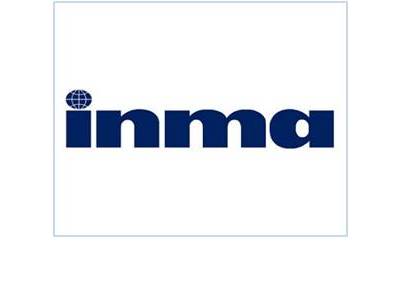INMA 2012: Newspapers need to work in tandem with advertisers!
The 6th Annual INMA South Asia Conference held at Le Meridian commenced at New Delhi on 7th August 2012.
The topic of discussion on the first day of this conference was how newspapers need to work in tandem with advertisers to create content in order to increase their advertising revenues.
Of late advertisers have been increasing their spends on other media and this has caused a lot of concern for the newspaper industry. Hence the panel discussed the topic ‘Winning the ad growth challenge: Is it a plausible model? They spoke on various issues as to how the newspaper industry can get advertisers to spend again.
Bharat Bambawale, Director, Global Brand, Bharti Airtel, Mayank Pareek, COO, Marketing & Sales, Maruti Suzuki India and Shashi Sinha, CEO, Lodestar Universal were the main speakers on the panel on the first day of the Conference. Ashish Pherwani, Partner, Advisory services, Ernst & Young (E&Y) moderated at the session.
Pherwani, the moderator spoke first and stressed on the fact that it is the growth of technology, television and economy which is responsible for marketers to look at other media options rather than print. He said that while television and print are growing simultaneously in India, television has taken on the print industry. He said certain steps have to be taken by newspaper companies to regain the attention of the marketer and invited suggestions from the members of the panel to tackle the issue at hand.
Pareek was of the opinion that the youth especially those born after 1985 have completely different reading habits as compared to their peers. He also stressed the point that spend in print has dwindled to 23% from the earlier 67% whereas spend in television has increased from 24% to 65%. He said that it was imperative that the print industry finds innovative content and solutions and work with the marketers to overcome the hurdles they are facing today.
Bambawale spoke next. He said that it has become a huge challenge for the print industry with television becoming the biggest medium of engagement for youngsters today. Television has an advantage over print where engaging consumers is concerned. He also said newspapers only state facts but the youth today are more interested in dialogues and look out for such platforms. Hence newspapers have to come with ways and means to create a bridge with the consumer. They have to give them an opportunity to interact and take feedback from them on a regular basis.
Sinha spoke about the importance of measurement. The measurement system needs to become more performance based and this in turn will encourage media to deliver better. According to him print has always been a more credible medium when compared to the digital media. States like Uttar Pradesh and Bihar rely heavily on the print media but planners still rely on the television medium for reach. It is important that these planners of media be realistic and keep in mind the fact that both these states have severe electricity problems.
Pareek was of the opinion that a two way communication is the need of the hour for print to make progress. Advertisers and marketers may use the print facility but they also depend heavily on other media to get their point across to the consumers.
The session of the first day concluded with all of them agreeing that print especially vernacular newspapers are on the rise, but it is also of utmost importance that both print and marketers or content creators need to make an effort from both sides to work in compatibility.
Media
MINUTES TO READ






Share
Facebook
YouTube
Tweet
Twitter
LinkedIn